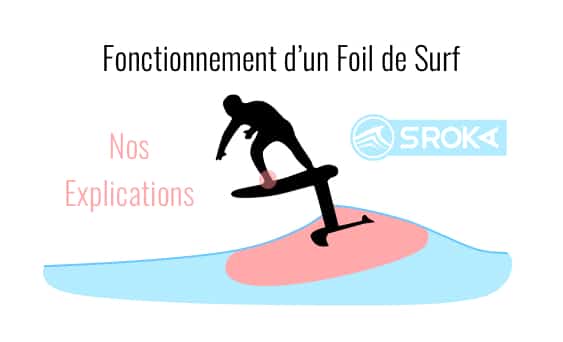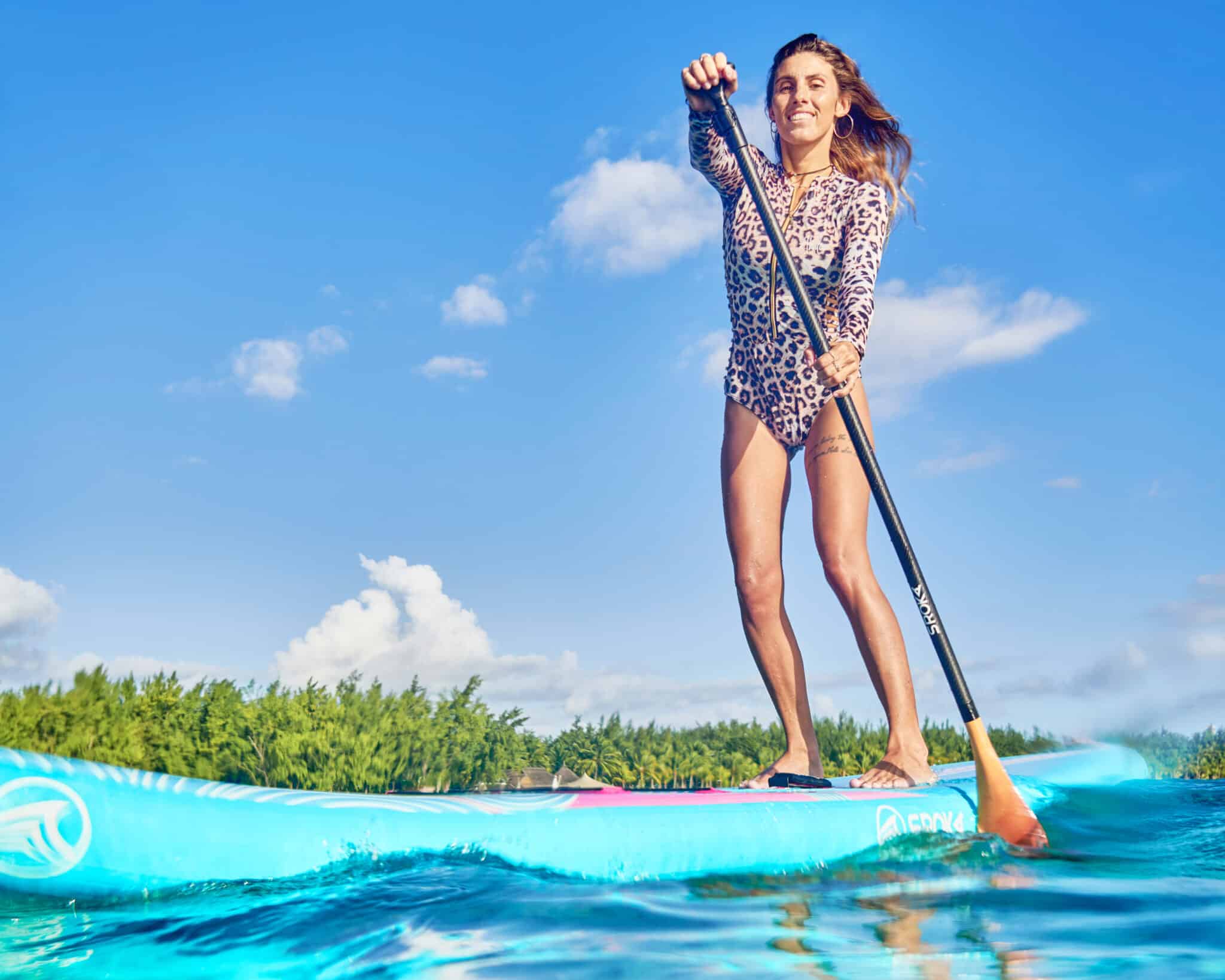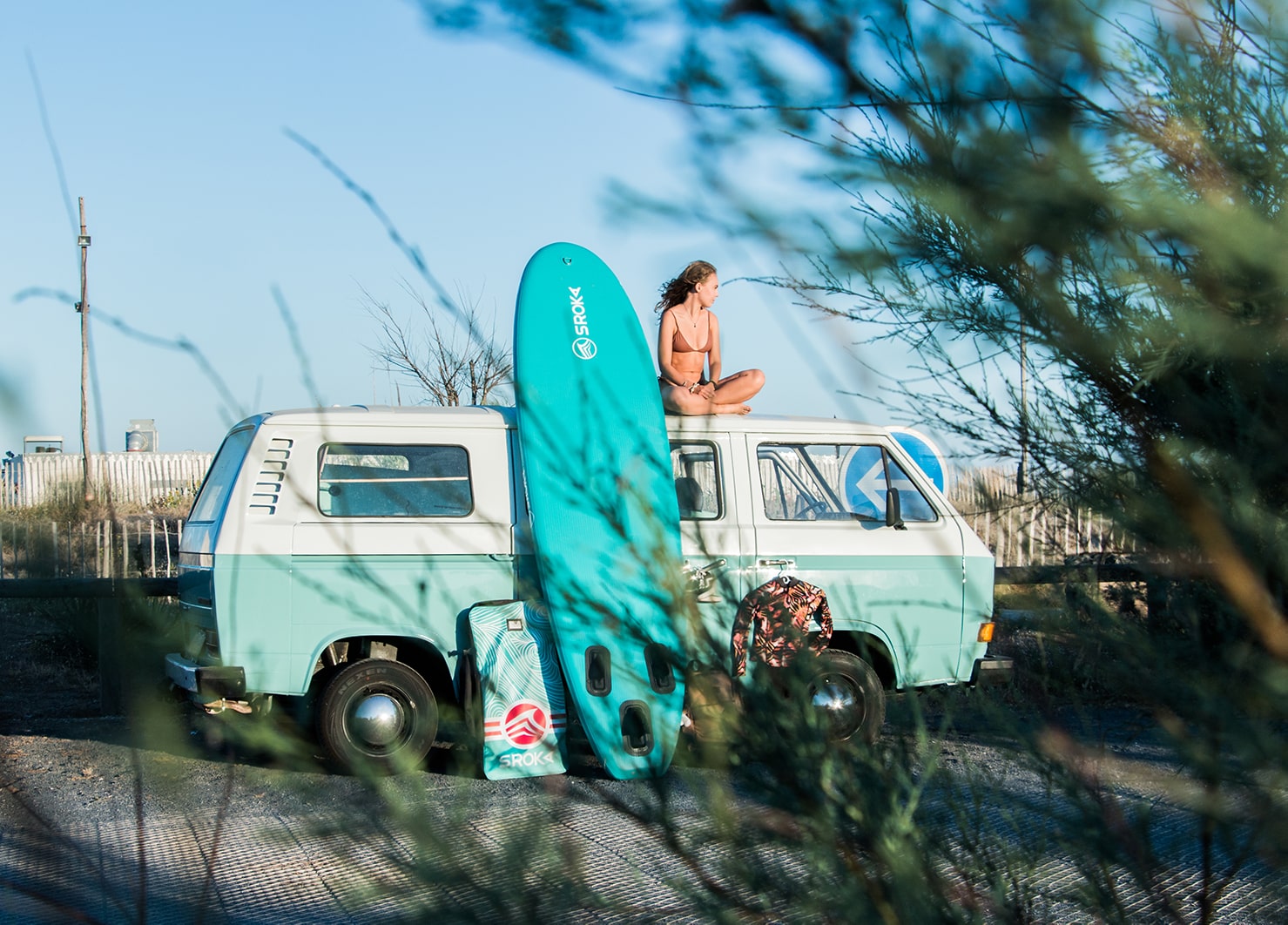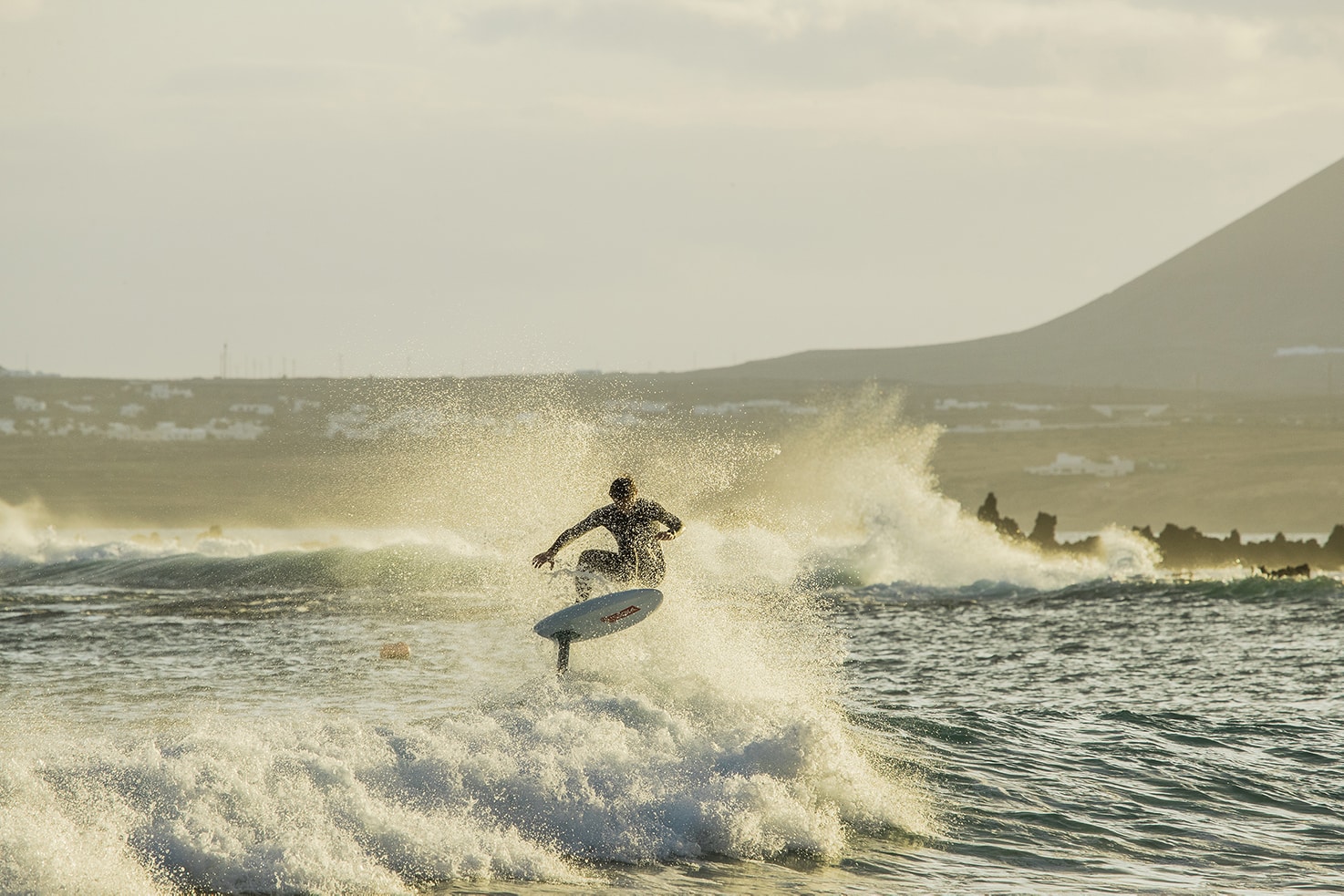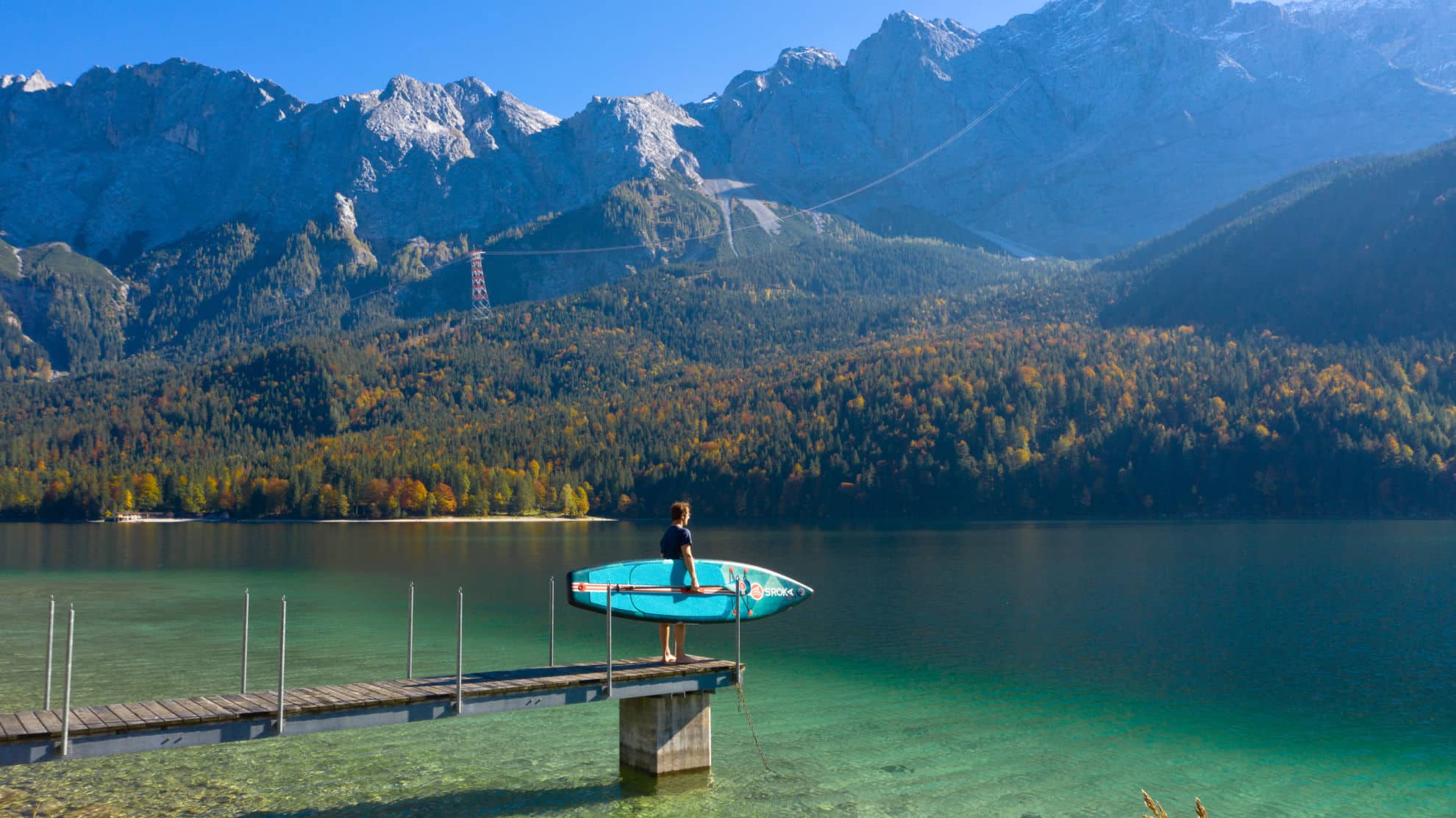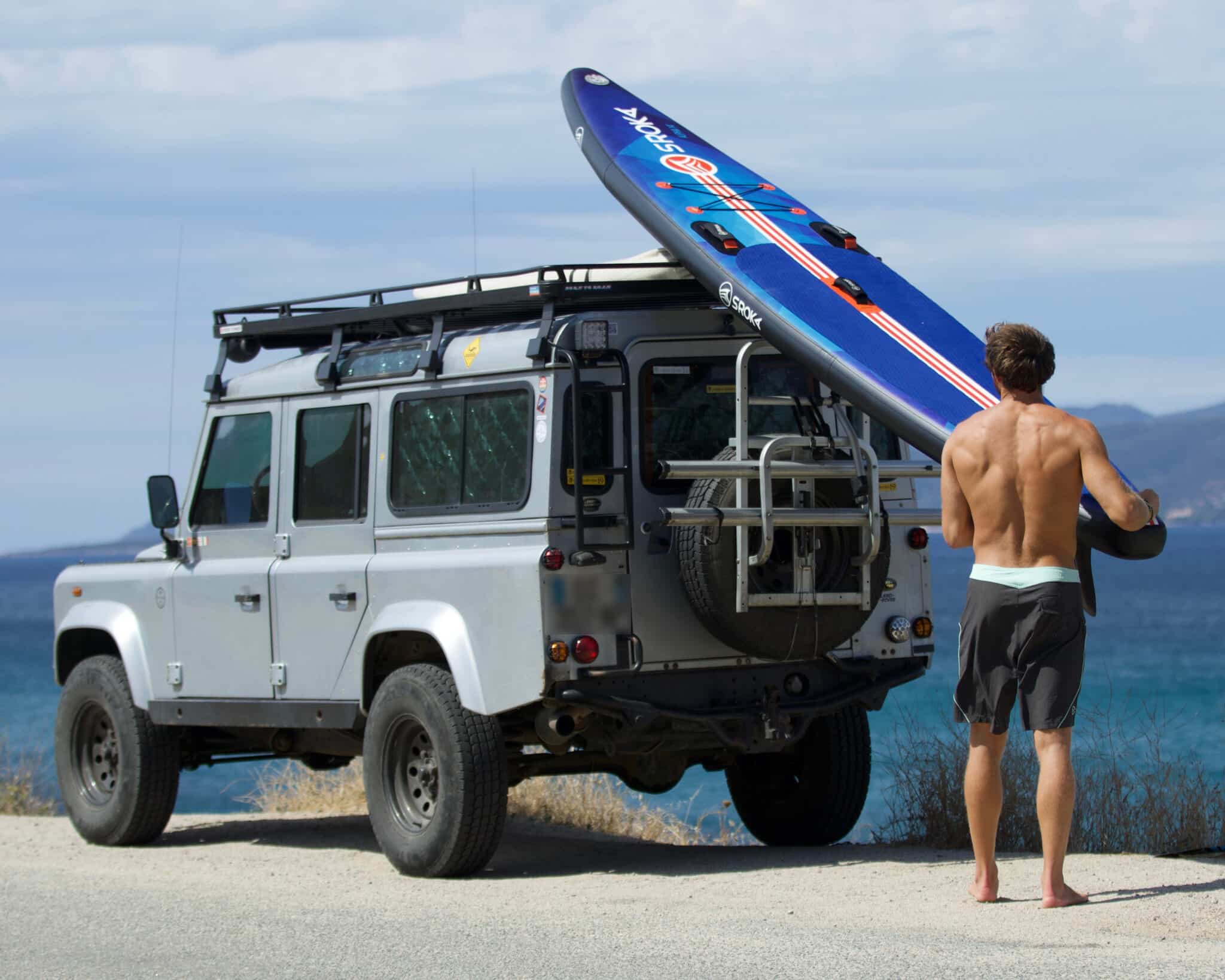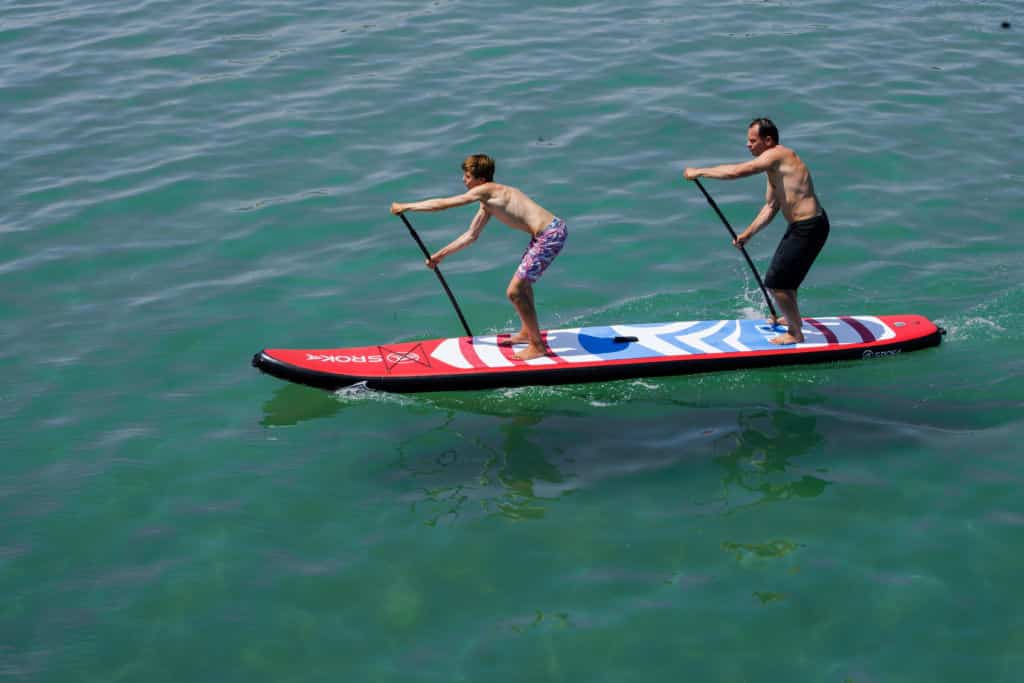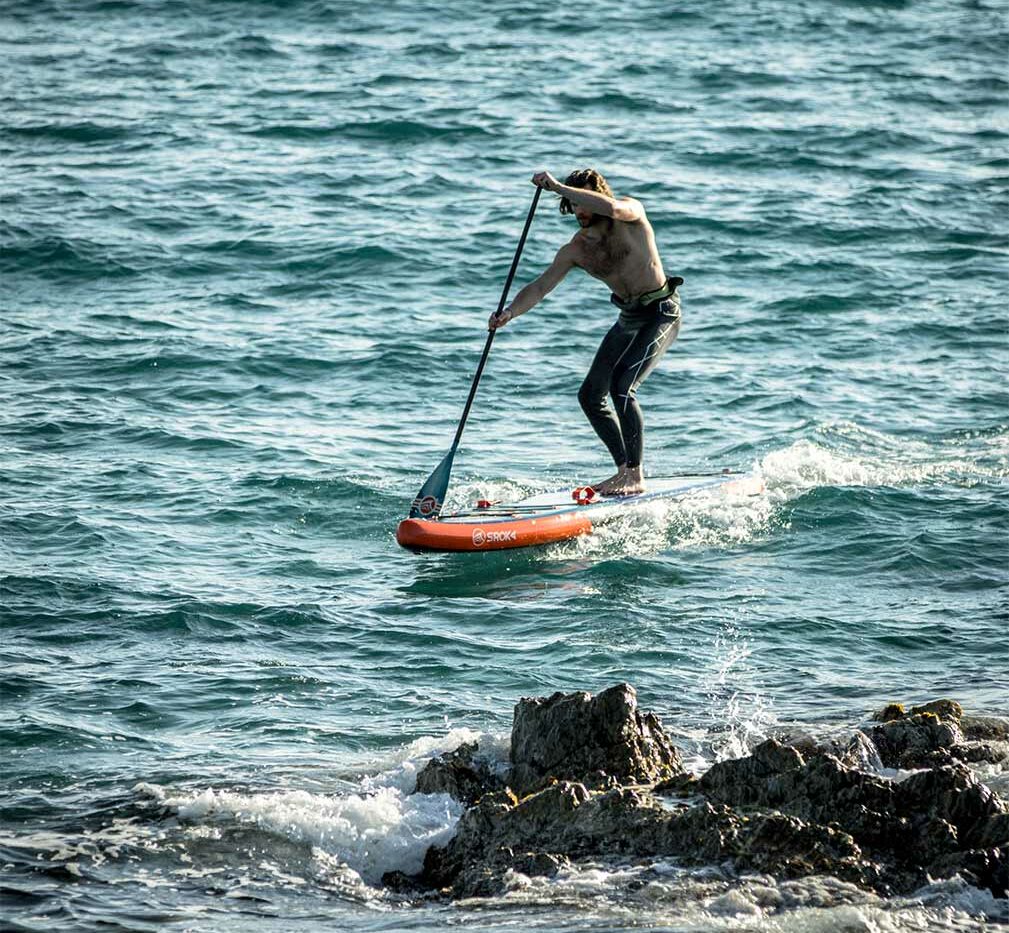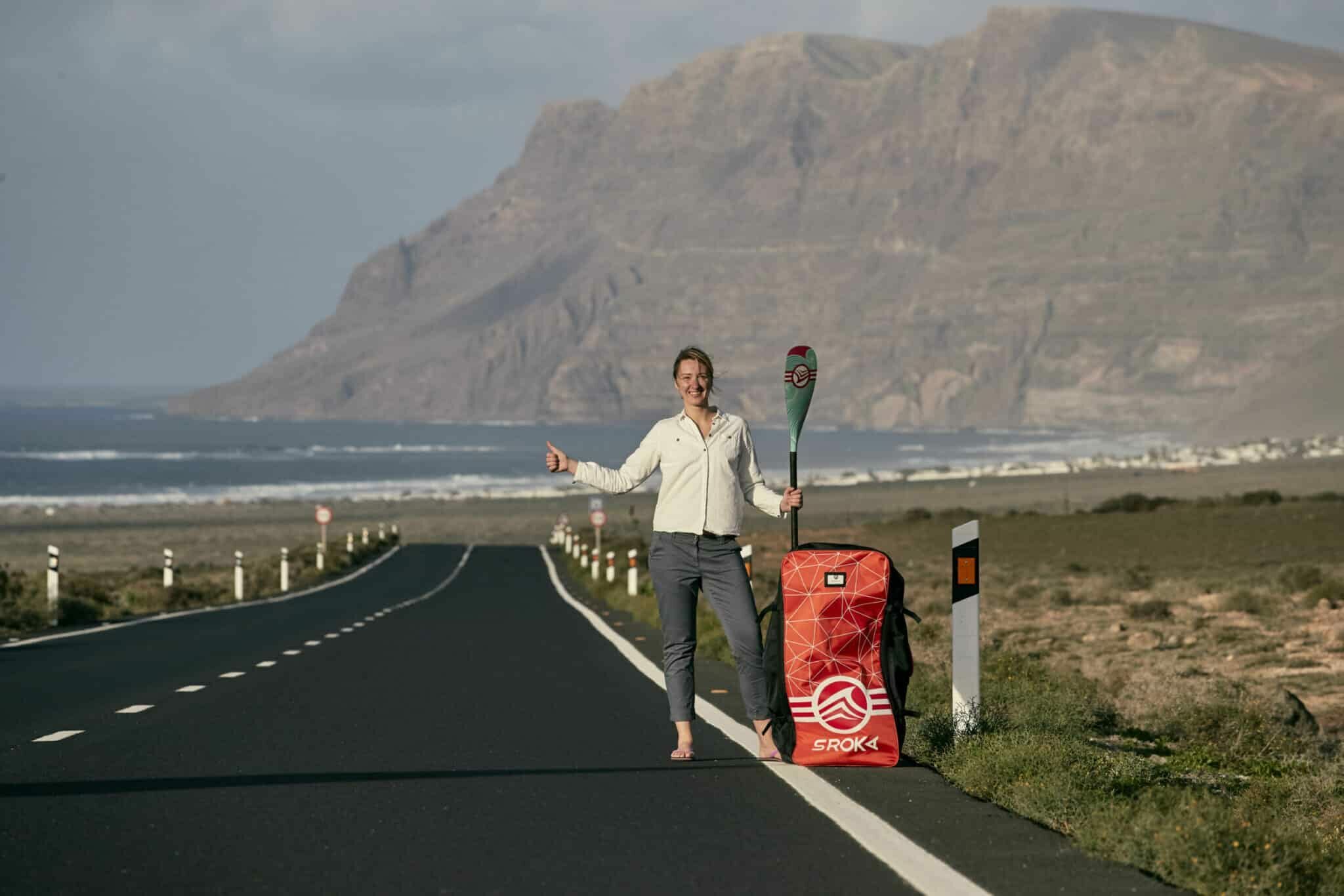 LE MAGAZINE
LE MAGAZINEAll you need to know about paddle racing: tips from the pros

Looking for thrills on the water, confrontation and competition? Paddle racing is the discipline for you! Discover this demanding and exciting sport, and learn more about techniques, equipment and competitions.

What is the paddle race?
The paddle race, or SUP race (Stand Up Paddle Race), is a race on water in which participants stand on a board and propel themselves with a paddle. The aim is to cross the finish line first. The start can be from the water, or from land (called a beach race).
This discipline differs from traditional SUP in its competitive nature and its emphasis on speed and endurance. Races take place over a variety of distances and in different bodies of water, such as the sea, lakes or rivers. Courses vary from short sprints to long, endurance races.
This booming sport attracts riders of all levels, from beginners to professional athletes. It combines gliding, physical challenge and contact with nature. Whether you’re looking for competition, a challenge or just plain fun, paddle racing has something for everyone.
What types of paddle race competitions are there?
Paddle racing offers a wide variety of competitions to suit all levels and styles. Here’s an overview of the main categories:
- Long-distance races: if you like endurance challenges, long-distance races (marathons) are for you. They can cover several kilometers, sometimes up to 20 km or more, depending on the competition. Here, strategy, management of physical effort and resistance to fatigue are paramount. It’s a real test of mental and physical strength.
- Technical races: these competitions are characterized by shorter but more technical courses, with tight turns, obstacles to overcome and frequent changes of direction. They require great agility and technical mastery of the board.
- Sprints: these races are short and intense, perfect for thrill-seekers. They often take place over distances of 200 to 500 metres.
- Downwind Downwinds exploit tailwinds and waves for spectacular racing. Participants literally ride the waves, using the wind as an ally to gain speed. These competitions are often organized over long distances for the ultimate thrill.
- Relays: relays add a collective dimension to the paddle race. Each team member must complete part of the course before handing over to his or her teammate. These competitions are often very lively and reinforce team spirit.
The different types of racing paddles
When it comes to paddle racing, the choice of equipment is essential. It can determine victory or defeat, or make a session pleasant or painful. So which paddle should you choose? On what criteria should you base your choice? We take a look at the different types of racing paddles.

Rigid versus inflatable paddles: what’s the right choice for competitors?
Competitors looking for responsiveness often opt for a rigid paddle. Made from composite materials such as carbon, these boards offer a smoother glide and greater rigidity, which translates into optimal performance on the water.
The inflatable paddlesare appreciated for their practicality. Easy to transport and store, they are ideal for those who travel or lack storage space. Although slightly less efficient in terms of speed, recent technologies have considerably improved their rigidity and durability, making them increasingly competitive.
Board shapes: narrow, long boards vs. wider boards
Long, narrow paddle boards are designed for adrenalin. Their narrow width reduces water resistance, enabling faster gliding. However, they require good balance and experience to master.
Conversely, wider boards offer greater stability, which can be an advantage on rough waters or for beginners in competition. Although a little slower, they allow for more serene and confident sailing, especially on technical courses.
How to choose a SUP Race board?
When choosing your paddle race board, think about your goals, your skill level and the race conditions. The right board will enable you to paddle with confidence and maximize your performance on the water. Here are the criteria to help you make your choice.
Criteria according to level and type of race
Your skill level and the type of race you take part in will influence the choice of board type. For beginners, a board that’s a little shorter and a little wider and more stable seems to be the ideal model for gaining confidence and balance. like a 12’6x 28′ wide. Advanced competitors, on the other hand, may turn to narrower, longer boards like a 14′ 27′ wide.
The type of race is also important: short sprints require light, responsive boards, while long-distance races call for models offering good glide and lasting comfort.
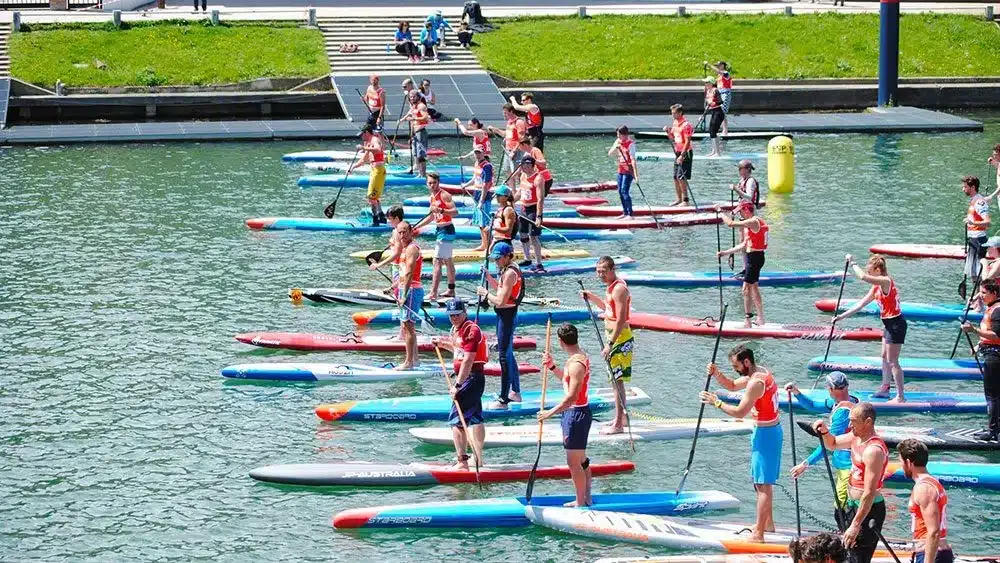
Board size and volume
The board’s size and volume determine its stability and gliding ability. A longer board (14′) is generally faster and glides better, making it ideal for long-distance races. The volume should correspond to your weight and size to ensure good glide and control: a board that’s too big will be difficult to handle, and one that’s too small may not offer enough stability.

Tail and nose selection
A wide, square tail offers greater stability and facilitates tight turns, an advantage on technical courses particularly useful in races with many turns or on rough water. A narrow tail, on the other hand, reduces drag and is faster, but requires much more balance.
Paddle race techniques
Mastering paddle race techniques is essential to improving your performance and maximizing your efficiency on the water. Here are a few tips to help you perfect your style.
Position on the board
Your position on the board will influence your glide. Place your feet equidistant on either side of the center handle to maintain optimum stability. Your weight should be centered, neither too far forward nor too far back, to avoid slowing down the board. Keep your posture relaxed, with a straight back and relaxed shoulders, to avoid unnecessary tension. To check correct positioning and its influence on your performance. Take a GPS watch and compare your performance with a different positioning on the board. This will help you find the right positioning for the conditions you’ll be riding in. Positioning may differ depending on the water conditions.
Handling the paddle
The right grip on your paddle is fundamental to its effectiveness. Hold the T-handle with the top hand, while the other hand grips the shaft. The arm holding the top of the shaft should be taut. You’re going to push on this upper arm. The hand holding the handle in the middle will pull the handle back. It’s your body that must move forward, not the paddle. This technique will make you more efficient.
Different arm movements
There are several arm movements in paddle racing, each adapted to different situations. The front paddle stroke is most commonly used to move forward. For turns, the back stroke, where you paddle backwards, helps to pivot the board quickly. The “staggered stroke” is an advanced technique that enables you to maintain high speed while making subtle adjustments in direction.
Breathing
Controlled breathing is essential to maintain your rhythm and avoid exhaustion. Inhale deeply and exhale through your mouth in sync with your paddle strokes. This helps stabilize your heart rate and supply your muscles with sufficient oxygen. By mastering your breathing, you can extend your endurance and stay focused, even during the most intense races. Paddle racing is a cardio sport like running or cycling. So good oxygenation is essential.
Our tips for a successful SUP Race
To shine in the SUP Race, it’s not enough to have the right board and the right technique. Complete preparation, from fitness to nutrition, is more than enough.
Physical and mental preparation
Good physical condition is the basis for success in SUP Race. Incorporate specific workouts, such as muscle strengthening for arms, legs and core, as well as cardio exercises to improve your endurance. Don’t forget the importance of recovery: rest and stretching are essential to avoid injury.
Mental preparation is just as important. Visualize the race, imagine your movements and strategies, and prepare yourself to stay focused, even in the face of the unexpected. Meditation or breathing exercises can also help you stay calm and manage stress.
Gliding and paddling techniques
Practice regularly to perfect your paddle strokes, improve your balance and optimize your glide. Vary the exercises: work on sprints for power, long distances for endurance and turns for manoeuvrability.
On the water, adopt an efficient posture and maintain a constant rhythm. Learn to read water conditions to adjust your technique and take advantage of currents or waves.
Nutrition and hydration before and during the race
Your pre-race diet should be balanced and rich in carbohydrates to provide you with the energy you need. Avoid meals that are too heavy or difficult to digest. During the race, good hydration is essential, especially if you’re paddling in the sun. Carry a camel bag or isotonic drink to compensate for the loss of fluids and minerals.
For longer runs, pack easy-to-eat energy snacks, such as bars or gels, to keep your energy levels up.
The Sroka race paddles range: innovation and performance
At Sroka, innovation and performance are at the heart of our race paddles. Whether you’re a competitor or an adventure enthusiast, our models offer you glide and durability.
The top-of-the-range Alpha Fusion Inflatable Paddle is all about adventure. This inflatable paddle lets you explore new horizons. Fusion technology, with thermo-welding and three layers of PVC on the rails, makes it light, rigid and highly resistant. Made with the most advanced dropstitch and professional PVC, it guarantees a smooth glide and total freedom on the water.
Ready to take on new challenges? Discover our full range of race paddles, designed to push your limits on the water.
If you have any further questions, or if you have any other requests, please don’t hesitate to contact us!
 Le Magazine
Le Magazine



